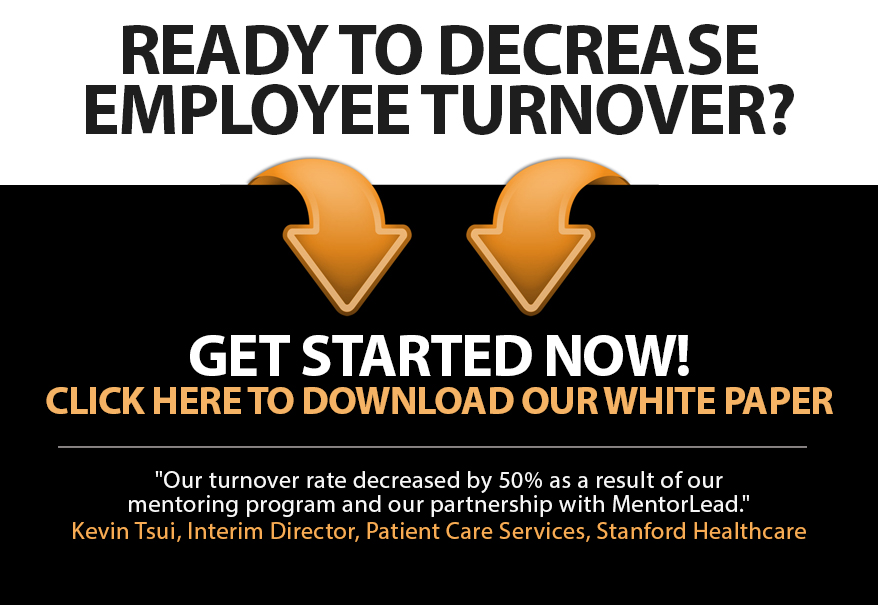
The Metropolitan Transportation Agency spent years automating the NYC subway operations: vending machines, mapping apps, electronic fare payment. Obviating the need for human interaction to ride the subway.
And then last week they deployed a crew of “Wayfinders” – customer service ambassadors positioned at subway stations to greet people, answer questions, help anyone hurt or sick, and offer route advice. Why? Wayfinders are able to serve people individually, in ways technology falls short.
A similar “Wayfinder” experience occurred on my recent JetBlue flight. Waiting at the gate, everyone knew the flight was delayed. We saw it on the airport monitors; we received text updates on our phones. Aggravations were simmering, and the automated updates failed to placate.
And then suddenly Captain Jerry came out to the gate area. He shared inside information about why the inbound flight was delayed. He described the conditions that we could expect once we got airborne; he even interacted with us about the football game erupting on the televisions. And as he walked back onto the plane to prepare the cockpit, he playfully said, “If you all drink responsibly, I promise to drive responsibly!”
The crowd loved him! Our frustrations were instantly abated.
We are surrounded by automation, while starved for human connection.
The subway wasn’t less crowded or more efficient. My flight didn’t take off on time. But the Wayfinders certainly diffused our irritation, and that made the difference.
Where are you depending on technology or automation at the expense of a human connection? Even a phone call instead of an email or a text could shift the experience for you and another.
I’ve seen these Wayfinders in action – they were having a lot more fun than Alexa or Siri, and as a result, so did we.

